When it comes to diabetes prevention and care, eating healthy meals each day is important.
Eating well-balanced meals is one of the most powerful ways to manage diabetes and support your overall health. With the right mix of foods, you can help keep your blood sugar stable, improve your energy levels and feel your best every day.

How are diabetes and food connected?
What you eat directly impacts your blood sugar levels. Foods rich in fiber, healthy fats and lean proteins can help keep your blood sugar steady. Processed foods and sugary drinks can cause spikes in blood sugar.1
Food is an important part of culture, tradition and family. Having diabetes doesn’t mean giving any of that up. Instead, it’s about finding a balance that supports your health while honoring the meals and flavors that bring you joy.
Diabetes isn’t the end of good food.
Living with diabetes doesn’t mean you have to give up tradition or flavor. You can still enjoy your favorite foods while making choices that support your health. Watch this video to learn about simple ways to stay active and make balanced, flavorful meals.

Understand your blood sugar.
Your blood sugar levels play a big role in how your body works. When blood sugar levels are off, it can affect how you feel and your health over time. Levels that are too high or too low can also be an emergency. Keeping blood sugar in a healthy range helps prevent complications and supports your overall well-being.2
If you’re taking insulin or are having episodes of low blood sugar, you may need to check your blood sugar before and after meals.†
†Cigna Healthcare is not collecting or using the data entered. This is intended to help provide personalized recommendations.
How to monitor your blood sugar
Checking your blood sugar helps you see how things like food, exercise, stress and medication affect you. It’s one of the most important things you can do to make informed decisions about your care.
How to check your blood sugar4
- Wash your hands with soap and water, then dry them well.
- Put a test strip into your glucose meter. Make sure your device is ready.
- Prick your finger with a lancing device. Use a small lancet to draw a tiny drop of blood.
- Place the end of the test strip next to the blood droplet so that it “sucks” the blood in. Your meter will analyze the sample.
- Review your reading. Compare your number with your target range.
- Carefully dispose of the lancet and test strip.
- If your blood sugar is too high or too low, follow your care plan. Keeping a log of your readings can help you and your doctor find patterns and adjust.
Some people use continuous glucose monitors (CGMs), which track blood sugar in real time through a small sensor worn on the skin. If you’re interested, ask your doctor if a CGM is right for you.
Use the Diabetes Plate Method as a guide.
With a variety of vegetables, proteins and appropriate portions of carbs, you can create well-balanced meals and tasty foods. The Diabetes Plate Method5 is a simple way to do it. There’s no measuring or counting. All you need is a plate that is nine inches across.
Here’s how it works:
- Fill half your plate with non-starchy vegetables, such as spinach, peppers, broccoli and cauliflower. These have little impact on your blood sugar.
- Fill one-quarter of your plate with lean protein, such as chicken, fish, tofu or beans. These have little impact on your blood sugar.
- Fill the last quarter with carbs, such as whole grains, sweet potatoes, corn or fruit. This amount should give your body energy throughout the day without causing spikes in blood sugar.
- Use healthy fats for cooking and as condiments. Olive oil, avocados, nuts and nut butters are all examples of healthy fats.6 These have little impact on your blood sugar and may keep you feeling full longer.
Click on the plus signs to find examples of other non-starchy vegetables, carbs and proteins.
Want to supercharge your plate?
Nutrient-packed foods are essential for a healthy diabetes meal plan. Here are some great options to keep your blood sugar steady and support your total health when building your plate:7
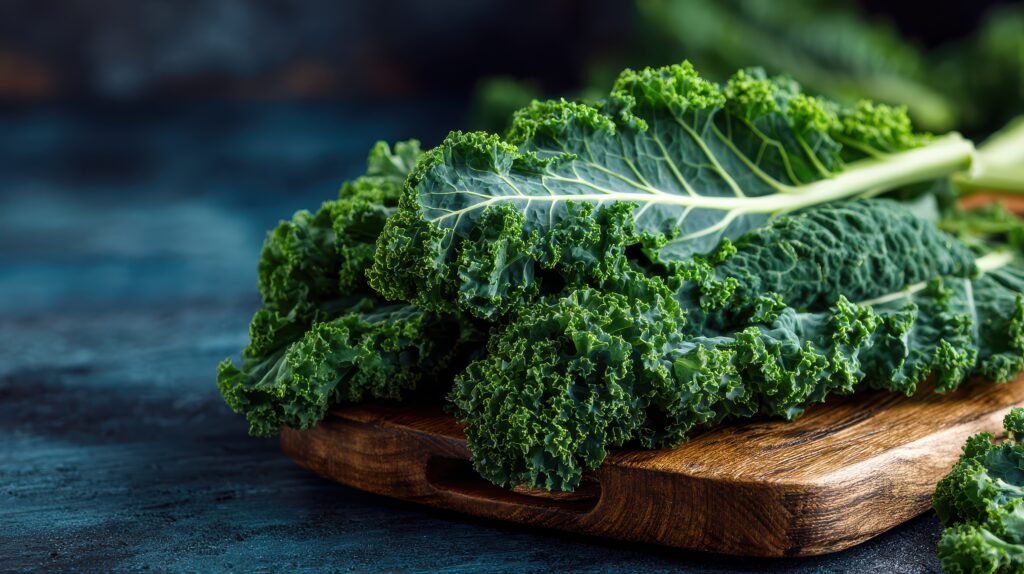
Dark leafy greens
Kale, spinach, collards and other dark leafy greens are low in calories and carbs but packed with vitamins and antioxidants.
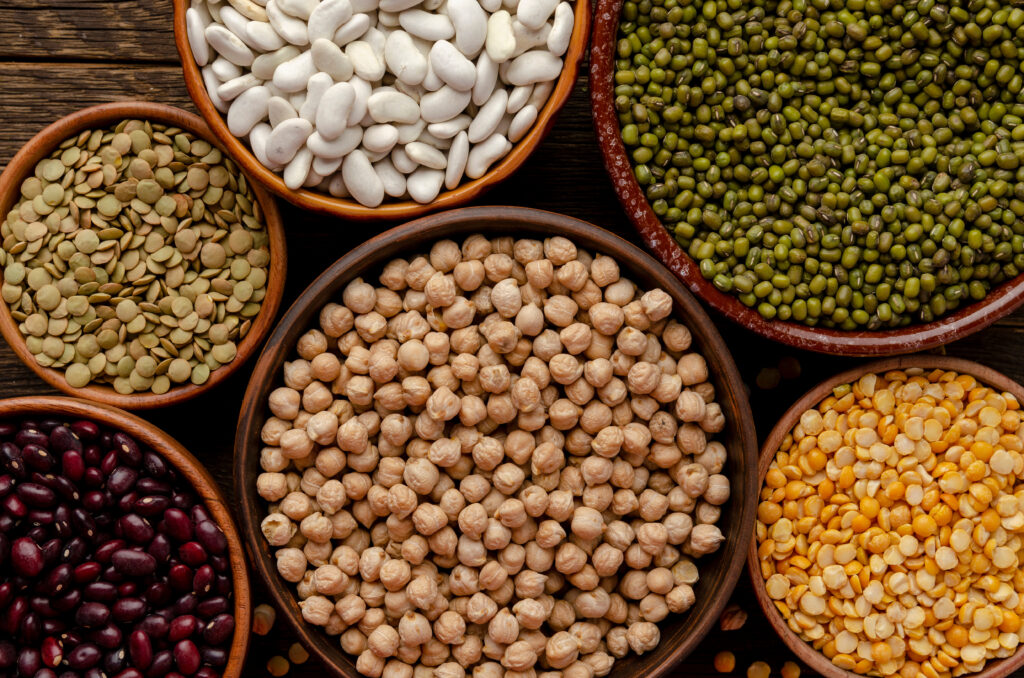
Beans, chickpeas and lentils
These plant-based proteins are rich in fiber, folate, potassium, iron and zinc. While they do have carbs, they can provide as much protein as meat—minus the saturated fat.
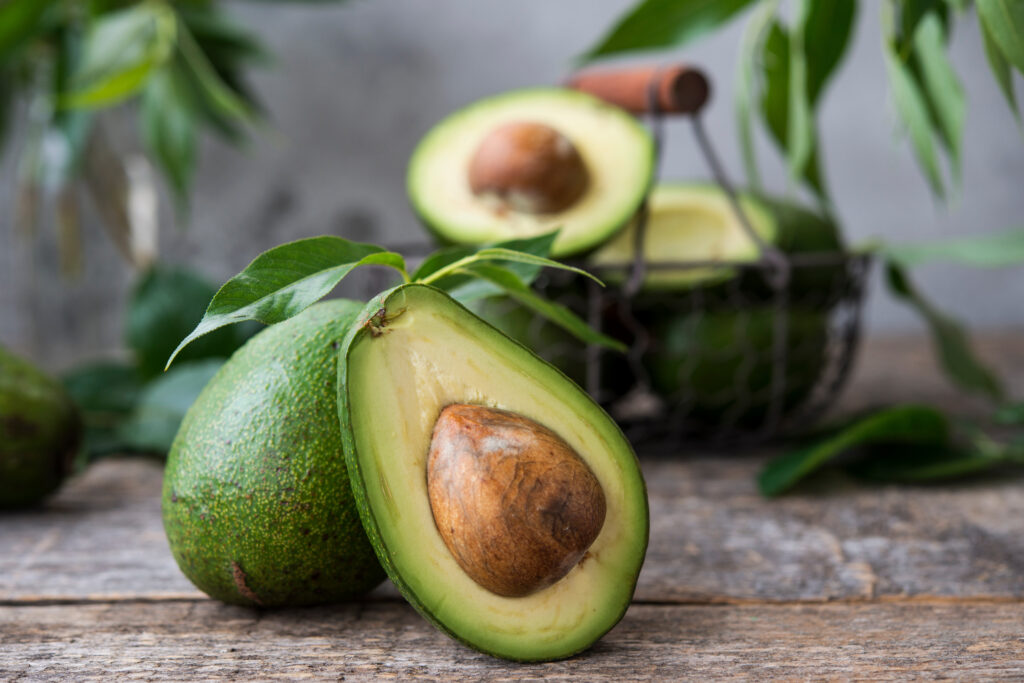
Avocado
Full of healthy fats and fiber, avocados can help you feel satisfied for longer periods of time.
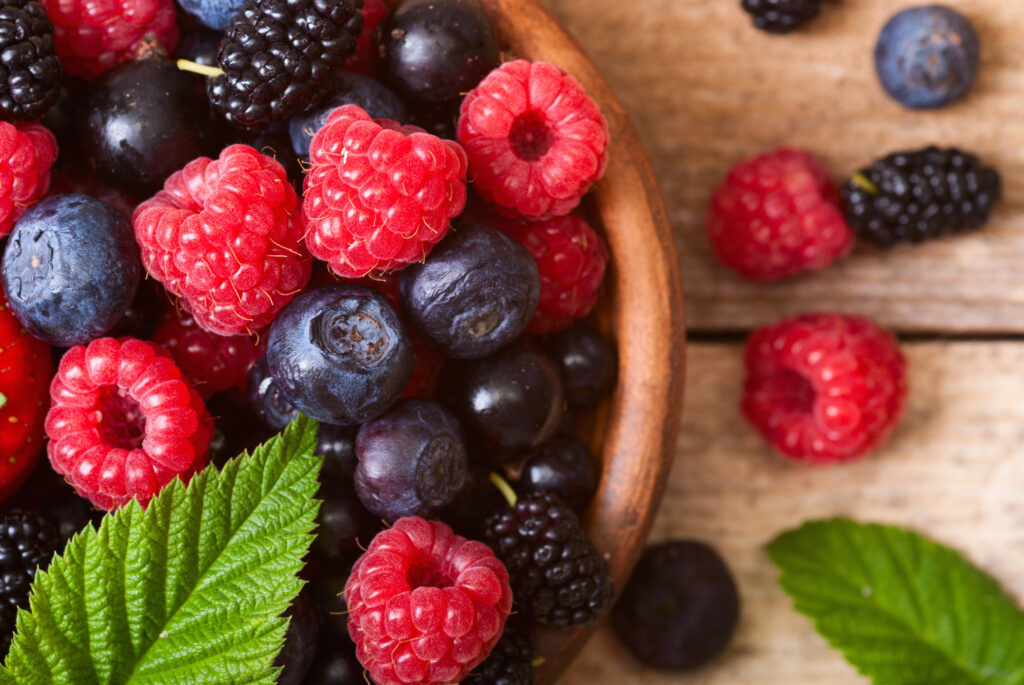
Berries
Naturally sweet and full of fiber, antioxidants and vitamins, these are a great swap for processed sweets.
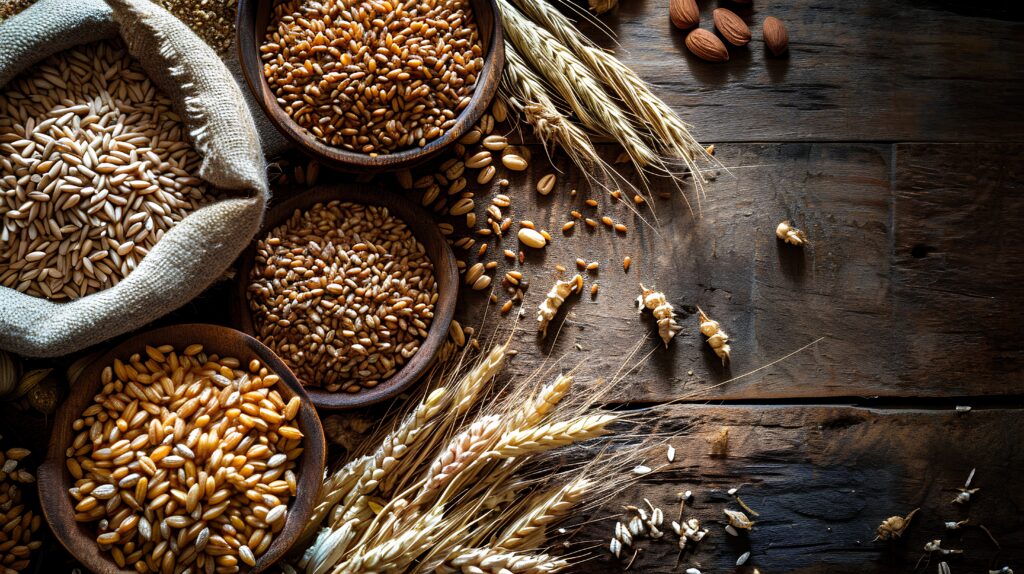
Whole grains
Brown rice, quinoa and other whole grains are a great source of vitamins, minerals and fiber.
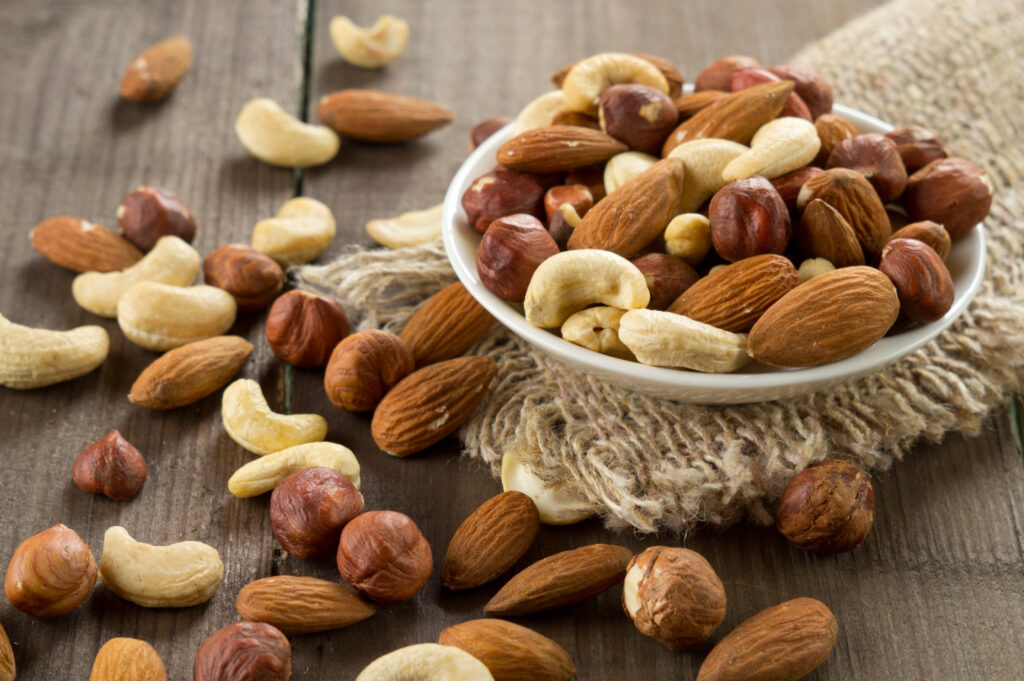
Nuts
Roasting your own nuts makes for a great snack filled with healthy fats, magnesium and fiber, without added sodium.
Diabetes-friendly recipes that don’t sacrifice tradition or flavor
Eating well doesn’t mean giving up the meals you love. These recipes are inspired by familiar favorites from Hispanic/Latino, African American/Black and South Asian cuisines. We’ve just made small tweaks to support balanced blood sugar levels.
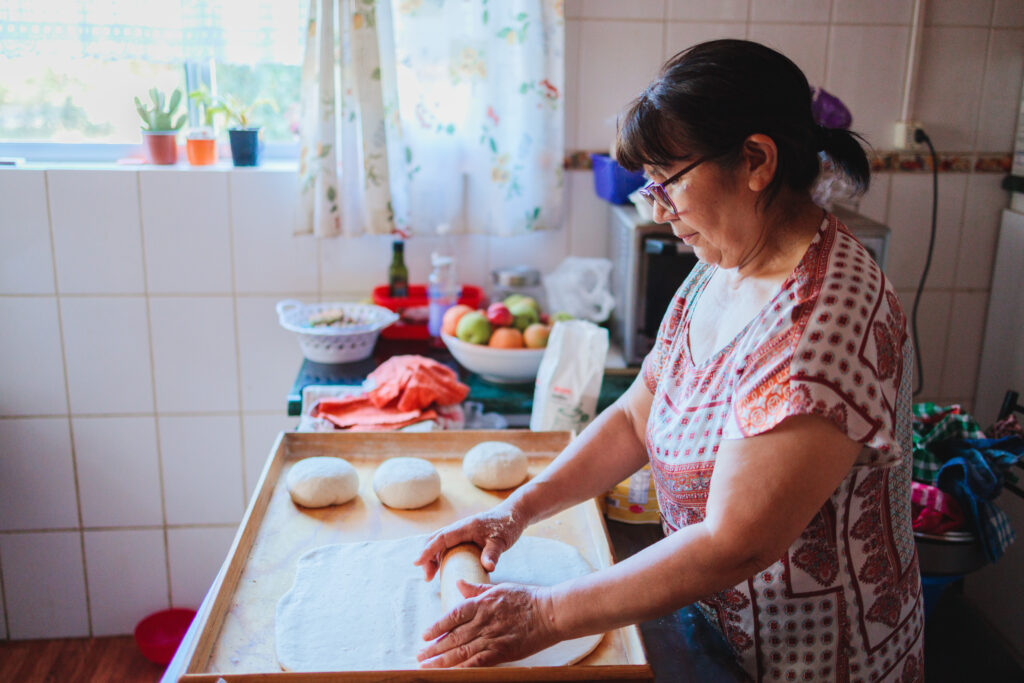
These tostadas are a perfect balance of crunchy, fresh and smoky. This version offers a lighter twist that supports balanced blood sugar levels without sacrificing bold spices.
Ingredients:
- 4 (6-inch) corn tortillas
- 3 tbsp reduced-fat mayonnaise
- 1 lime, zested and juiced
- 1 tsp chopped chipotle chilies in adobo
- 1 tsp adobo sauce from chipotle pepper can
- 1 tsp honey
- ½ tsp salt
- 1 (10-oz) bag coleslaw mix
- 1 ripe medium mango, cut into ½-inch chunks
- ½ cup fresh cilantro, chopped
- ½ lb wild medium shrimp (peeled and deveined)
- 1 tsp chipotle powder
- 1 tsp olive oil
Directions:
- Heat a small nonstick skillet over medium heat. Toast tortillas on each side until crisp, about 3 minutes. Set aside.
- In a large bowl, whisk together mayonnaise, lime zest, lime juice, chipotle chilies, adobo sauce, honey and salt. Add coleslaw, mango and cilantro. Toss to coat.
- Sprinkle shrimp with chipotle powder. Heat olive oil in a skillet over medium-high heat. Add shrimp and cook for 2–3 minutes, turning occasionally, until opaque in the center.
- Place tortillas on plates. Top each with one-fourth of the coleslaw mixture and shrimp. Serve immediately.
Nutrition facts:
4 servings
Serving size: 1 tostada amount per serving
Calories: 190
Total fat: 5g
Saturated fat: 0.6g
Trans fats: 0g
Cholesterol: 60mg
Sodium: 460mg
Total carbs: 29g
Dietary fiber: 5g
Total sugars: 12g
Protein: 10g
Potassium: 450mg
Phosphorous: 190mg
A comforting and versatile side dish in Hispanic/Latino cooking, refried beans can be just as creamy and flavorful without extra saturated fat or sodium.
Ingredients:
- 1 tbsp oil
- ½ onion, chopped
- 2 cloves garlic, minced
- 1 can pinto beans, rinsed and drained
- ½ cup low-sodium chicken broth or vegetable broth
- ½ tsp chipotle chili in adobo
- ¼ tsp ground cumin
- ⅛ tsp salt
- ¼ tsp black pepper
Directions:
- Heat oil in a large nonstick skillet over medium-high heat. Add onion and garlic. Cook until onion is tender, about 6 minutes.
- Add beans, broth, chipotle chili, cumin, salt and pepper. Cook for 5 minutes.
- Mash with a fork or potato masher until coarsely mashed.
Nutrition facts:
4 servings
Serving size: 1/2 cup amount per serving
Calories: 140
Total fat: 4g
Saturated fat: 0.4g
Trans fats: 0g
Cholesterol: 0mg
Sodium: 200mg
Total carbs: 19g
Dietary fiber: 6g
Total sugars: 1g
Protein: 6g
Potassium: 340mg
Phosphorous: 110mg
Smothered greens are a nourishing tradition in many African American/Black kitchens. This version uses smoked turkey for depth of flavor while keeping things light and heart healthy.
Ingredients:
- 3 cups water
- ¼ lb smoked turkey breast, skinless
- 1 tbsp hot pepper, chopped
- ¼ tsp cayenne pepper
- ¼ tsp ground cloves
- 2 cloves garlic, crushed
- ½ tsp thyme
- 1 scallion, chopped
- 1 tsp ground ginger
- ¼ cup onion, chopped
- 2 lb greens (mustard, turnip, collard, kale or a mix)
Directions:
- Wash greens well and remove stems. Tear or slice into bite-sized pieces.
- In a large saucepan, bring all ingredients except the greens to a boil.
- Add greens and cook for 20–30 minutes until tender.
Nutrition facts:
5 servings
Serving size: 1 cup amount per serving
Calories: 80
Total fat: 2g
Saturated fat: 0g
Cholesterol: 16mg
Sodium: 378mg
Total fiber: 4g
Protein: 9g
Carbs: 9g
Potassium: 472mg
This lighter take on a beloved side dish keeps the texture and slightly sweet taste you know while using simple swaps to make it a better everyday choice.
Ingredients:
- 1 cup cornmeal
- 1 cup flour
- ¼ cup white sugar
- 1 tsp baking powder
- 1 cup fat-free or low-fat (1%) buttermilk
- 1 medium egg
- ¼ cup soft tub margarine
- Canola oil (to coat baking pan)
Directions:
- Preheat oven to 350°F.
- In a bowl, mix cornmeal, flour, sugar and baking powder.
- In another bowl, beat buttermilk and egg lightly. Slowly add to dry ingredients.
- Mix in margarine by hand or with a mixer for 1 minute.
- Grease an 8×8-inch baking dish with canola oil. Pour in batter.
- Bake for 20–25 minutes. Let cool before serving.
Nutrition facts:
10 servings
Serving size: 1 square amount per serving
Calories: 178
Total fat: 6g
Saturated fat: 1g
Cholesterol: 22mg
Sodium: 94mg
Total fiber: 1g
Protein: 4g
Carbs: 27g
Potassium: 132mg
Rich, spiced curries are central to South Asian cuisine, and this plant-based version highlights delicious, non-starchy vegetables.
Ingredients:
- 1 tbsp olive oil
- 1 cup cauliflower florets
- 1 cup diced carrots
- ½ cup peas
- 1 small yellow onion, diced
- 2 cloves garlic, minced
- 1-inch piece fresh ginger, minced
- 1 cup plain nonfat Greek yogurt
- 1 cup low-sodium vegetable broth
- 1 tsp ground coriander
- ½ tsp turmeric
- ¼ tsp red chili powder
- ¼ tsp garam masala
- ½ tsp kosher salt (or to taste)
Directions:
- Heat olive oil in a pot. Sauté onions, garlic and ginger until fragrant.
- Stir in coriander, turmeric, chili powder and garam masala. Cook for 1 minute.
- Add cauliflower, carrots and peas. Cook for 5 minutes.
- Stir in yogurt and vegetable broth. Simmer for 10–15 minutes, until vegetables are tender.
- Serve with ½ cup cooked brown rice or whole-grain roti.
Nutrition facts:
4 servings
Serving size: 1 cup amount per serving
Calories: 100
Total fat: 4g
Saturated fat: 0.5g
Trans fats: 0g
Cholesterol: 0mg
Sodium: 410mg
Total carbs: 13g
Dietary fiber: 3g
Total sugars: 6g
Added sugars: 1g
Protein: 3g
Potassium: 323mg
Lentils offer fiber, protein and other nutrients. This hearty stew brings them together with other wholesome ingredients for a satisfying meal.
Ingredients:
- Nonstick cooking spray
- 14 oz spicy chicken sausage (jalapeño or andouille), sliced
- 2 stalks celery, diced
- 1 medium onion, diced
- 2 carrots, diced
- 1 red bell pepper, diced
- 3 cups water
- 1 can (14.5 oz) reduced-sodium fat-free chicken broth
- 1 cup dried lentils
- ½ tsp salt (optional)
- 1 tsp black pepper
- 1 bay leaf
- ¼ cup fresh parsley, chopped
Directions:
- Coat a large soup pot with cooking spray. Sauté sausage over medium-high heat until lightly browned.
- Add celery, onions, carrots and bell pepper. Cook for 4 minutes or until onions turn clear.
- Add water, broth, lentils, salt, pepper and bay leaf. Bring to a boil, then reduce heat and simmer for 1 hour.
- Remove bay leaf, stir in parsley and serve.
Nutrition facts:
9 servings
Serving size: 1 cup amount per serving
Calories: 155
Total fat: 4g
Saturated Fat: 1.1g
Cholesterol: 40mg
Sodium: 390mg
Total carbs: 18g
Dietary fiber: 6g
Protein: 13g
Resources and tools
Ready to make the next step in your health journey? Your future needs you, and a healthier tomorrow starts with the actions you take now. Explore these tools to maintain your health, prevent illness and lower health care costs.
Use personalized tools
Access health information anytime, anywhere.
Download the myCigna App:

This information is for educational purposes only. It is not medical advice. Always consult your doctor for appropriate examinations, treatment, testing and care recommendations. Any third-party content is the responsibility of such third party. Cigna Healthcare® does not endorse or guarantee the accuracy of any third-party content and is not responsible for such content. Your access to and use of this content is at your sole risk.
Cigna Healthcare products and services are provided exclusively by or through operating subsidiaries of The Cigna Group.
- Cigna Healthcare. “Type 2 Diabetes.” Knowledge Center. Last reviewed April 30, 2024. https://www.cigna.com/knowledge-center/hw/medical-topics/type-2-diabetes-hw135189
- Cigna Healthcare. “Diabetes: Blood Sugar Levels.” Knowledge Center. Last reviewed April 30, 2024. https://www.cigna.com/knowledge-center/hw/diabetes-aa135726
- American Diabetes Association (ADA) Professional Practice Committee. “15. Management of Diabetes in Pregnancy: Standards of Care in Diabetes—2025.” Diabetes Care 2025;48(Supplement_1):S306–S320 https://doi.org/10.2337/dc25-S015
- CDC. “Monitoring Your Blood Sugar.” Last reviewed May 15, 2024. https://www.cdc.gov/diabetes/diabetes-testing/monitoring-blood-sugar.html
- ADA Nutrition & Wellness Team. “What is the Diabetes Plate?” January 15, 2025. https://diabetesfoodhub.org/blog/what-diabetes-plate
- ADA. Nutrition for Life: Diabetes Plate Method. 2023. https://professional.diabetes.org/sites/dpro/files/2023-12/plan_your_plate.pdf
- ADA. “What superstar foods are good for diabetes?” n.d. https://diabetes.org/food-nutrition/food-and-blood-sugar/diabetes-superstar-foods
- Hoffman I. “Smoky Shrimp Tostadas with Chipotle Mango Slaw.” ADA. n.d. https://diabetesfoodhub.org/recipes/smoky-shrimp-tostadas-chipotle-mango-slaw
- Hoffman I. “Ingrid Hoffmann’s Healthy Refried Beans.” ADA. n.d. https://diabetesfoodhub.org/recipes/ingrid-hoffmanns-healthy-refried-beans
- National Heart, Lung, and Blood Institute. “Smothered Greens.” NIH. n.d. https://healthyeating.nhlbi.nih.gov/recipedetail.aspx?cId=0&rId=229
- National Heart, Lung, and Blood Institute. “Good-for-You Cornbread.” National Institutes of Health (NIH). n.d. https://healthyeating.nhlbi.nih.gov/recipedetail.aspx?cId=0&rId=59
- ADA. “Vegetarian Pakistani Korma.” n.d. https://diabetesfoodhub.org/recipes/vegetarian-pakistani-korma
- ADA. “Spicy Lentil Stew.” n.d. https://diabetesfoodhub.org/recipes/spicy-lentil-stew